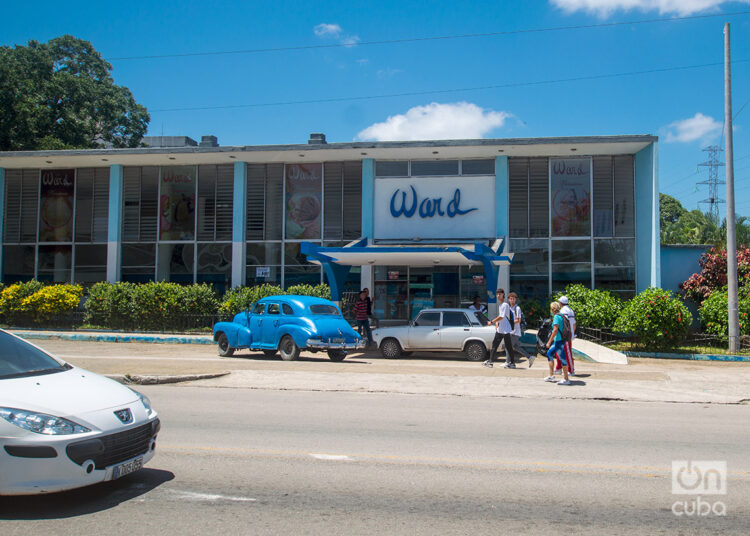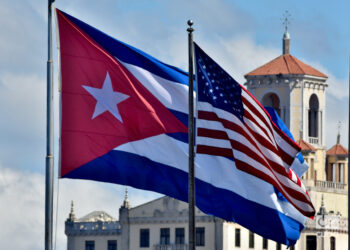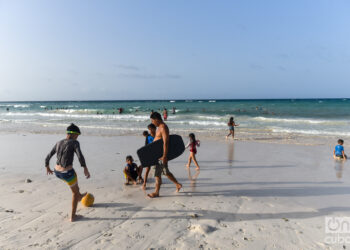In 1945, a nationalist critic like Juan J. Remos gave an account of the process of modernization/North Americanization of Cuban national life, which began with the first intervention, as the historian Marial Iglesias has insuperably studied in her book Las metáforas del cambio.
In its chapter Historia de la literatura cubana (History of Cuban Literature) she wrote:
The literary process has run parallel with the political and social process. Strange influences, which have also been felt in customs, have been reflected in art. American taste has left its marks on our social organization, in private and public life; the dances, the music, the meaning of the life of relationship, the character, the uses were modified to the rhythm of the great neighbors. The traditional customs varied, the family regime, the entertainment, courtesy itself; everything; and the club erased the home gatherings, the atmosphere became more frivolous, the clothes became lighter, and not only was the Three Wise Men festival replaced by that of the exotic Santa Claus, but even our incomparable cigar has been supplanted by the opiate mixture of the Yankee cigarette.
And later she pointed out:
All this found its echo in literature. Poets and prose writers brought the new U.S. currents to their themes, without missing the flapper, the boxer and the clubman. Our physiognomy, in fact, seemed to be diluted in a maelstrom of social snobbery, and literature, which is nourished by reality, was also filled with films, handicaps, clubs, cabarets, stadiums, girls, skating ring, leaving room [sic, living room, A. P], hall, sandwich, chaisse longe, etc. The language, therefore, has in turn suffered a strong and violent shock, which has unhinged it….
Beyond the excessive conservatism of this opinion, that was, in effect, the trend, which would reach an almost paroxysmal point just five years later, with the mafia installed in the casinos and the waves of wealthy U.S. products and tourists in hotels and streets of Havana.
Back then the city was full of lights and advertisements, often in English. The middle classes went to the stores to buy a Frigidaire — it was just the name of a brand, but it was in fact extended to all refrigerators, as documented in Quintero’s play Contigo pan y cebolla — and miscellaneous merchandise in Miami during a weekend.
Nightclubs like the Turf, Johnny’s Dream and others were part of a then-expansive cultural scene. But that legacy is almost unknown to the new generations of Cubans, for whom it is sometimes impossible to conceptually and phonetically distinguish between the name Ward, attributed to a Havana ice cream parlor present in Cuba of the 1950s, owned by an American corporation of the same name, and the term Word.
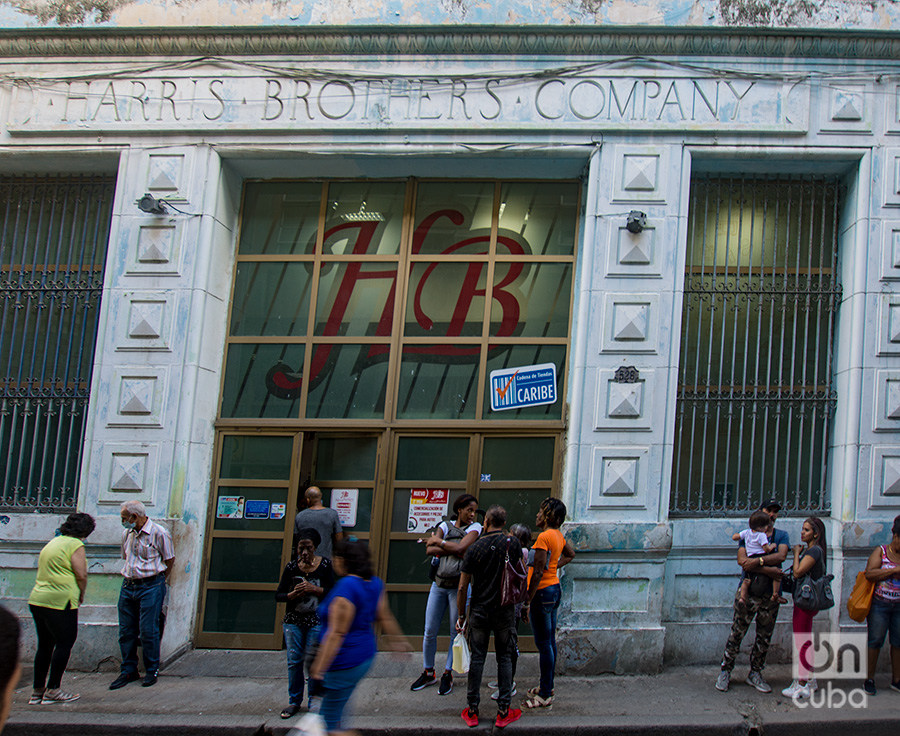
During the 1960s, the confrontation also had its linguistic terrain. English became the language of the “enemy” and of intervention and alienation of national heritage. Furthermore, as if that were not enough, it appeared in the bombs that did not explode in the Sierra, in the boxes with weapons for the Escambray guerrilla groups and in the documents seized from foreign diplomats who worked for the CIA.
The shock wave of this phenomenon even reached everyday conversation: the okay was then changed to a Spanishized OK. Exclusive neighborhoods like the Havana Biltmore were renamed with indigenous words — say, for example, Siboney, Atabey and Cubanacán — and the golf courses of the aristocracy were replaced by art schools or military training centers.
In the realms of music, there would be a mechanical identification between culture and politics for some time, the most striking result of which was the demonization of rock and roll, included in a category called “cultural penetration,” forgetting, however, that on the other hand, it was an expression of counterculture and questioning the establishment.
Later, during the institutionalization stage (1971-1986), English was not the protagonist either, although its teaching did not disappear from language schools, curricula and university courses at the Faculty of Foreign Languages of the University of Havana and the pedagogical institutes.
Defined as the language of collaboration, Russian then occupied most of the visual horizon of the 1970s and 1980s. It was studied by Cubans who went to the USSR to train in different specialties, technical or not. And an unprecedented event would also occur in national culture when Russian language classes were taught on the radio. A television program with popular participation, 9,550 (the distance in kilometers that separates Cuba from the then USSR) rewarded the winner with a trip to the homeland of Lenin and Stalin.
With the collapse of the Berlin Wall, the reform process of the 1990s and the so-called “update of the Cuban model,” English began to socially regain ground. Globalization, foreign contacts and immigration reform brought words of English origin back to the Cuban scene to baptize the businesses of the new emerging economy.
In a list taken at random, there are names such as Havana’s 21, NAO Cuban Restaurant, Chicken Little, King Bar Restaurant ― this, a very original two-way avenue that denotes in its translation both “king” and “fornicate” ―, VIP Havana and Restaurant Opera Slow & Food.
In cafes, El Louvre Coffee Shop and Waoo!; in pastry shops, Leo’s Cakes, Burner Brothers and Tammy’s Cakes, which now come to join historical sites such as the very famous Sloopy Joe’s ― restored by the Office of the Historian of Havana ― and the Two Brothers Bar, both in Old Havana.
This process has an impact on everyday speech, beyond computers, technology, the Internet and baseball: today the new generations of Cubans frequently invite themselves to attend a good “pary” (party) — in my time the word for party was another, “güiro” — they talk about a tremendous pair of “chús” (shoes) and the newborns are registered in the Registry as Michael, Bryan, Christian, Jennifer or Samantha.
When the new century arrived, the island’s authorities took a turn by proclaiming the obligation to master English to obtain a university degree. “We have to solve the problem that Cuban professionals are not capable of expressing themselves in the universal language of our time,” said a senior official of the Ministry of Education, as if the ground lost up to this point were the work of the Holy Spirit or the result of spontaneous generation. A statement, however, in tune with the times. According to the codes of political scientists and cultural studies theorists, it implied the acceptance of English as the lingua franca of globalization.
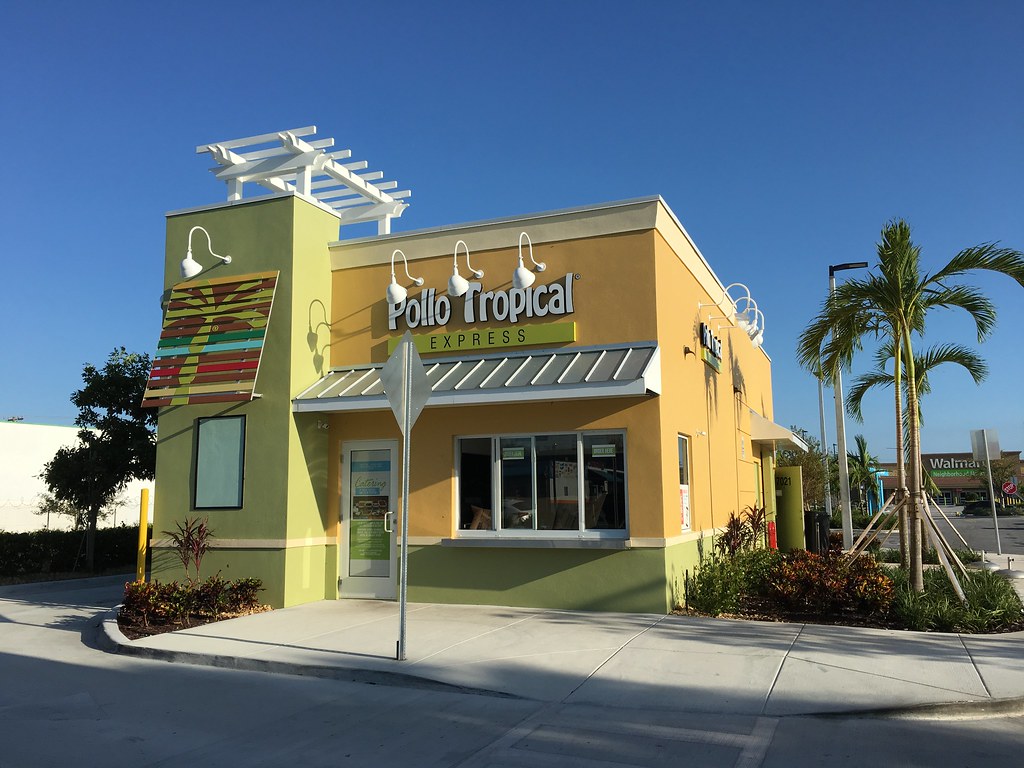
However, the previous phenomenon is accompanied by a paradox on the other side of the Strait. And this tendency to learn Shakespeare’s language tends to have a fairly low profile in the new emigration ― the same one that has broken records with visits to volcanoes (meaning going to Nicaragua to continue to the U.S. border), the border and the parole ― when settling in the enclave of Miami, where people, like in Cuba, can go about their social life without knowing a word of English. It is possibly the only locality in the Union where “English spoken” signs have appeared and still appear in certain commercial establishments.
Or the only one in which a Cuban employee of Taco Bell refuses to accept a customer’s order because she, an Anglo, did not speak a word of Spanish. To complete the picture, another saleswoman of the same nationality shouted at the African-American woman in a rather discomposed tone: “Go to 29th Avenue! This is Hialeah! English is not spoken here!”
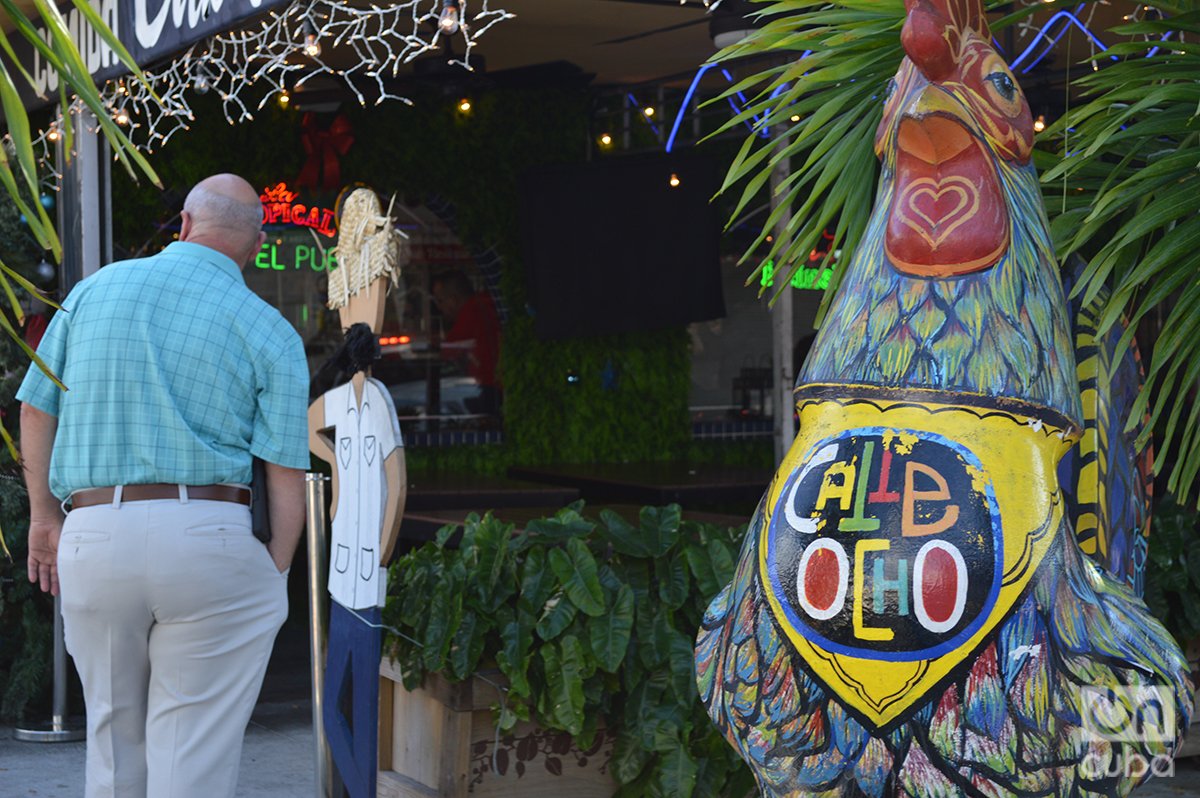
The incident, rather tragicomic, but in any way illustrative, refers to the fact that in that so-called “city-temple of Cubanness,” often considered the least diverse in the country, is where the least people use English at home (6.4%) and where they use Spanish most in daily social life (93.1%).
This is a sociological phenomenon that does not end in resistance, since it is a result of the insertion of newcomers to the enclave in the lowest part of its labor structure, and of having to allocate 10 or more hours a day to pay the bills in a scenario marked by the increase in rents and the weight of inflation on products and services. There is very little or no time left to learn that Shakespearean language in college.
That learning is postponed, often for a lifetime.

